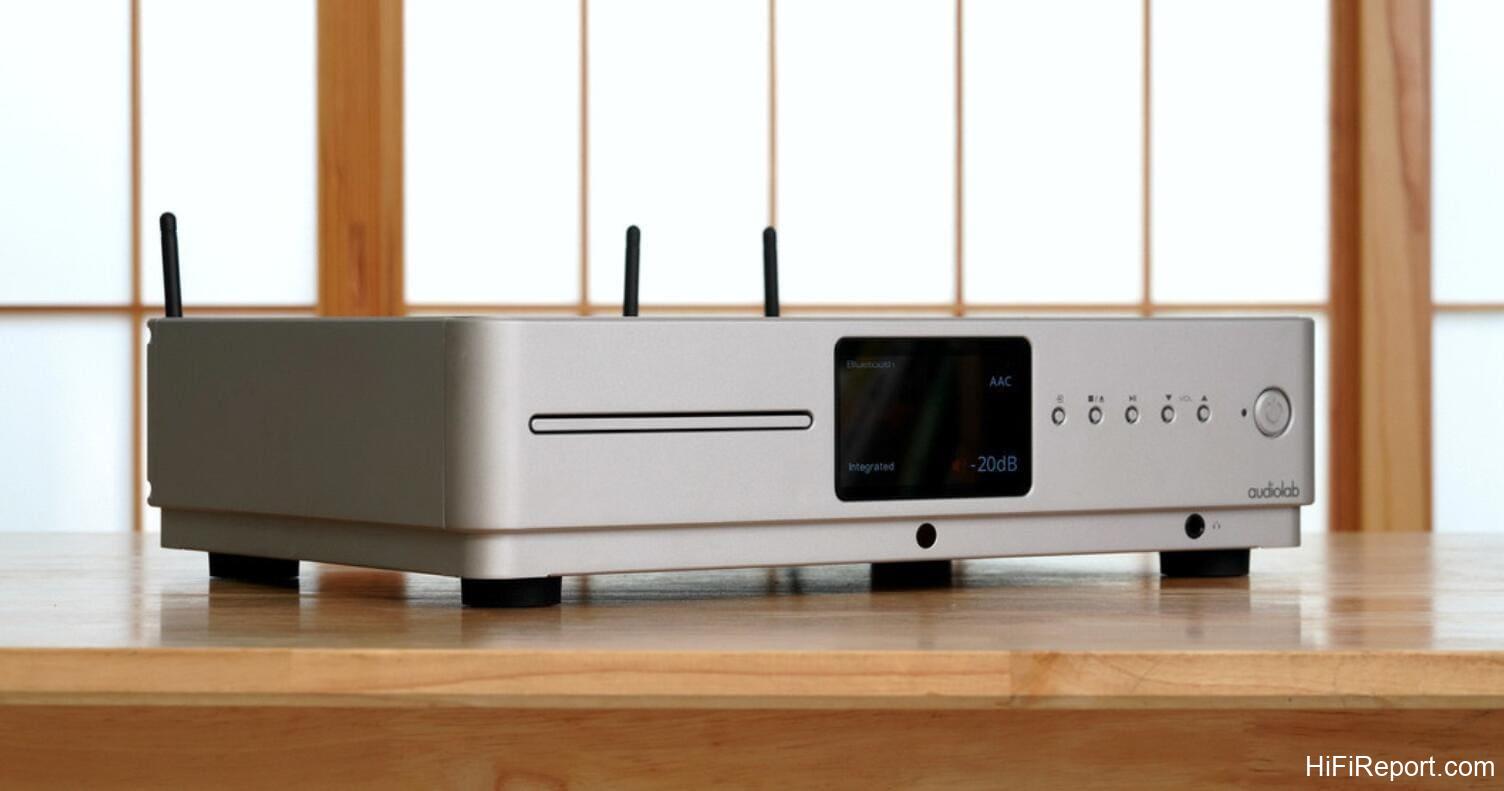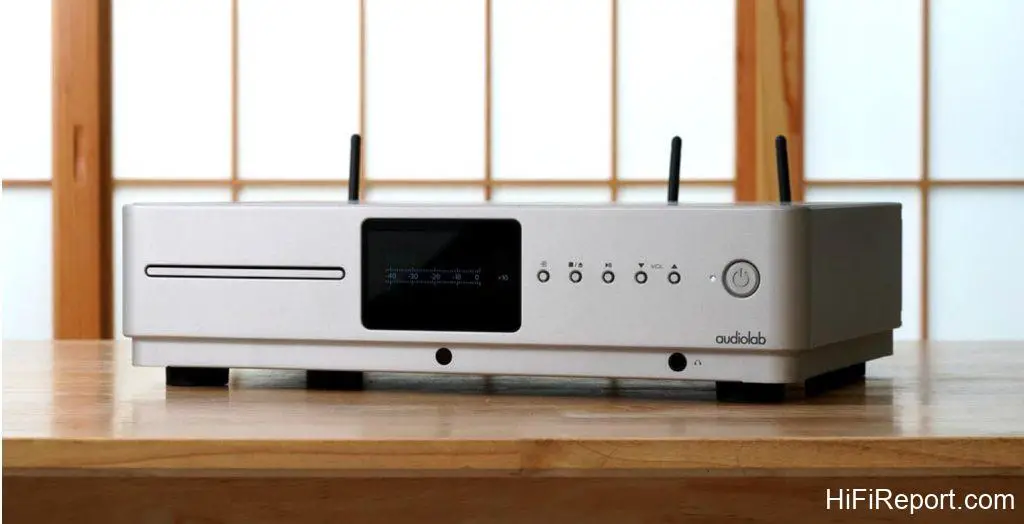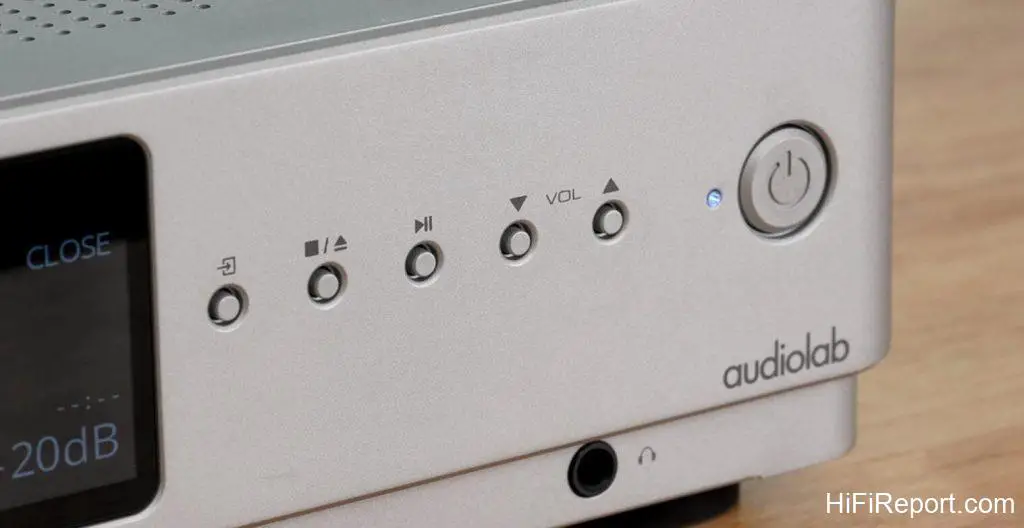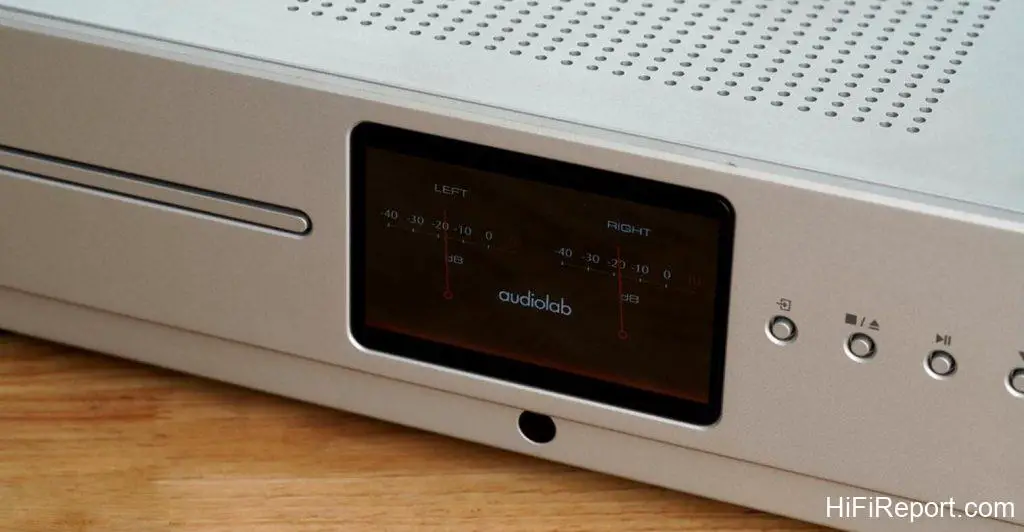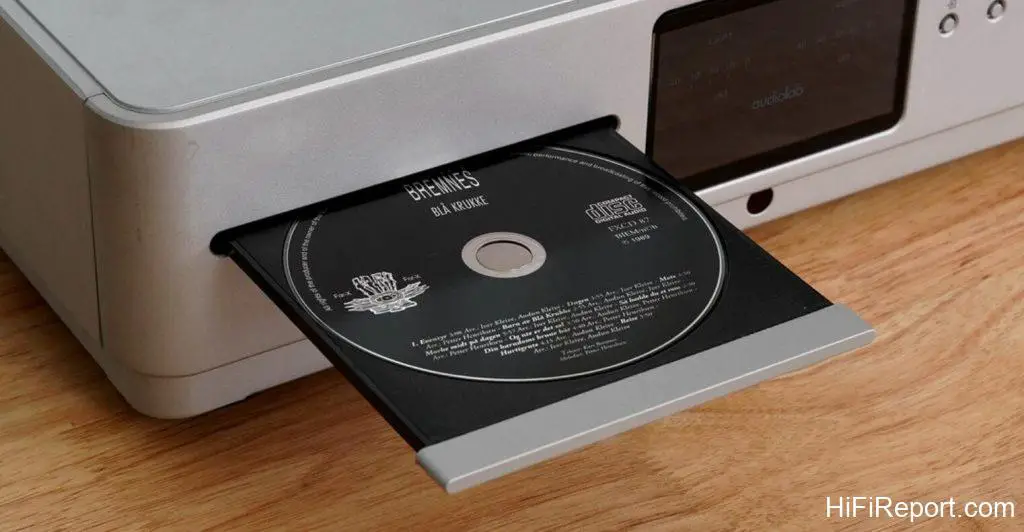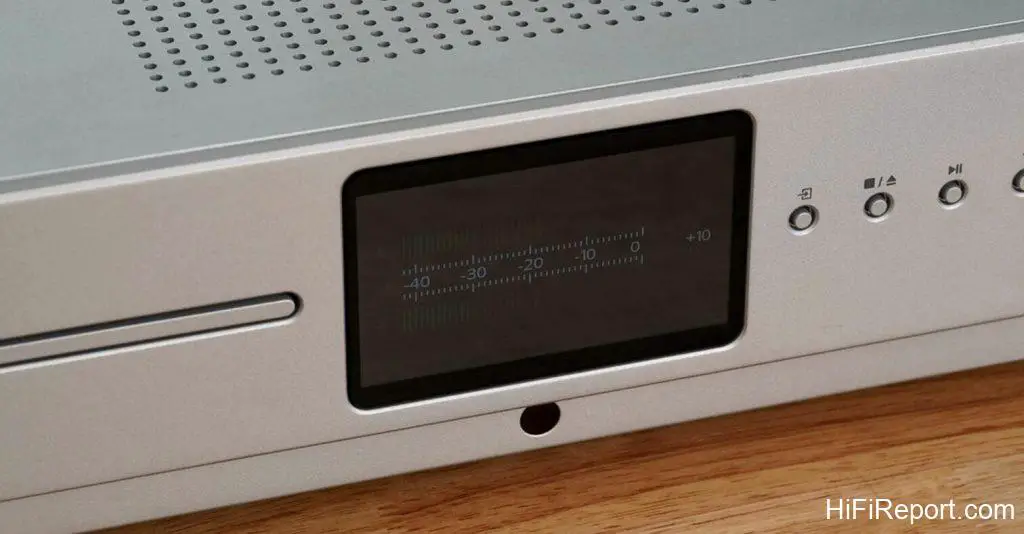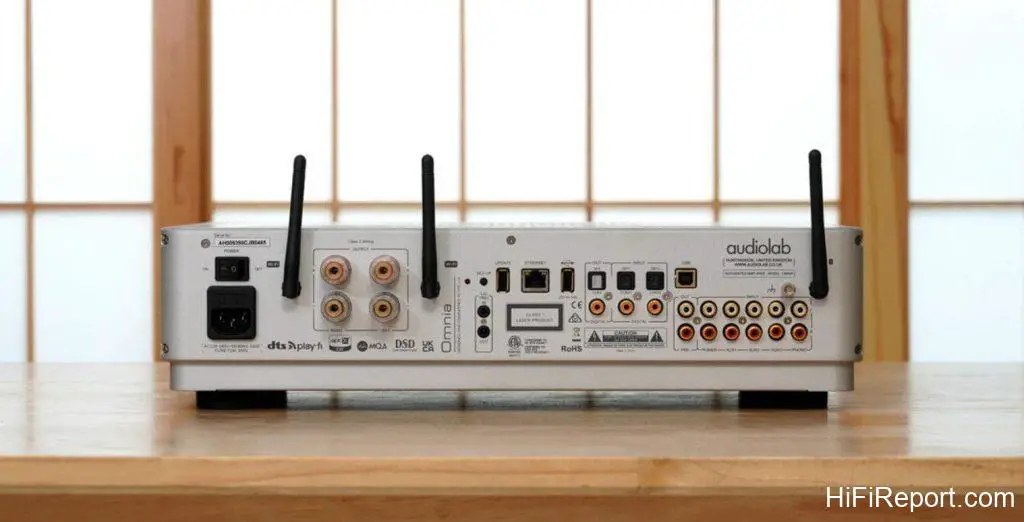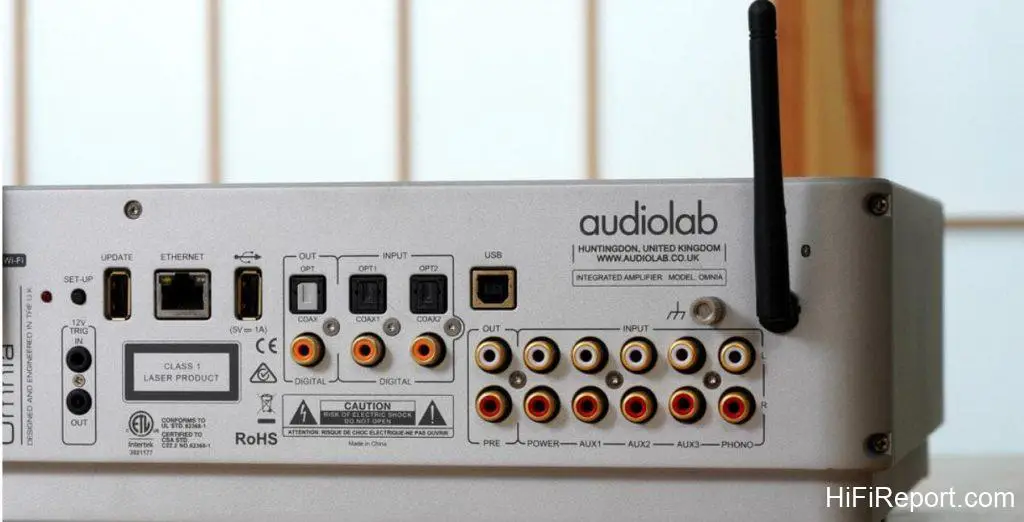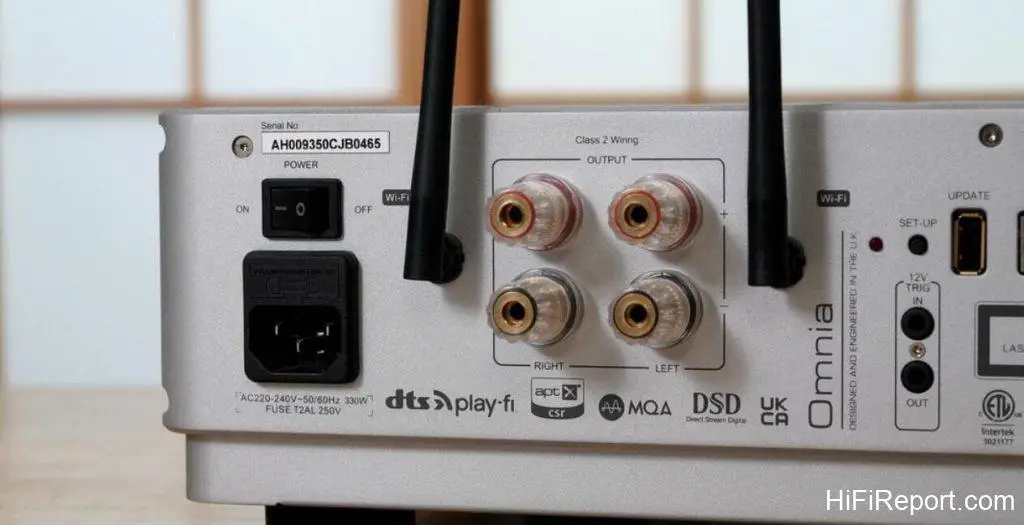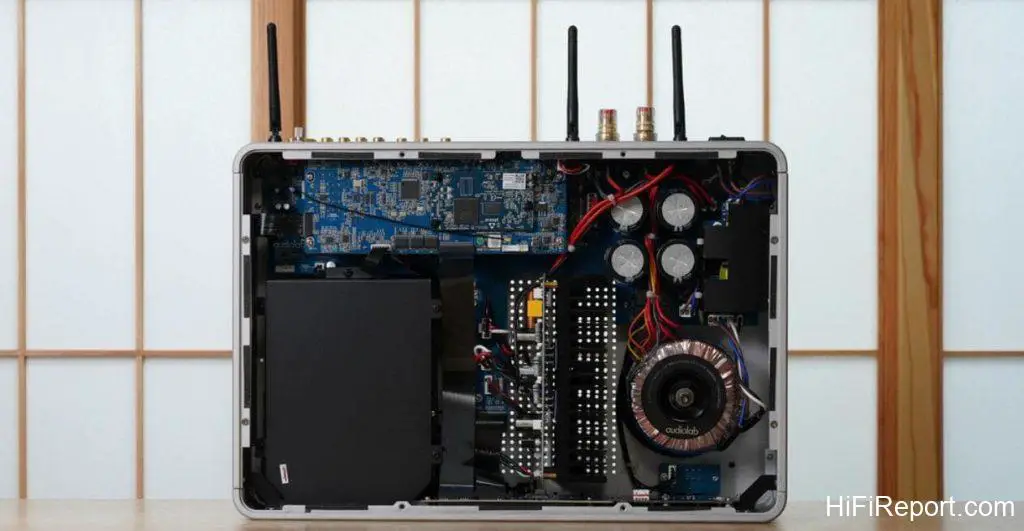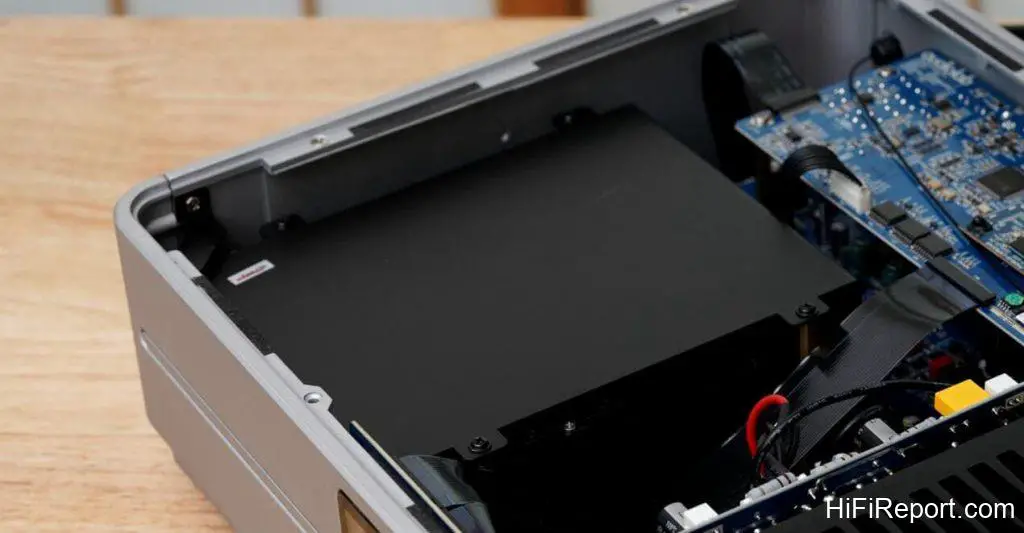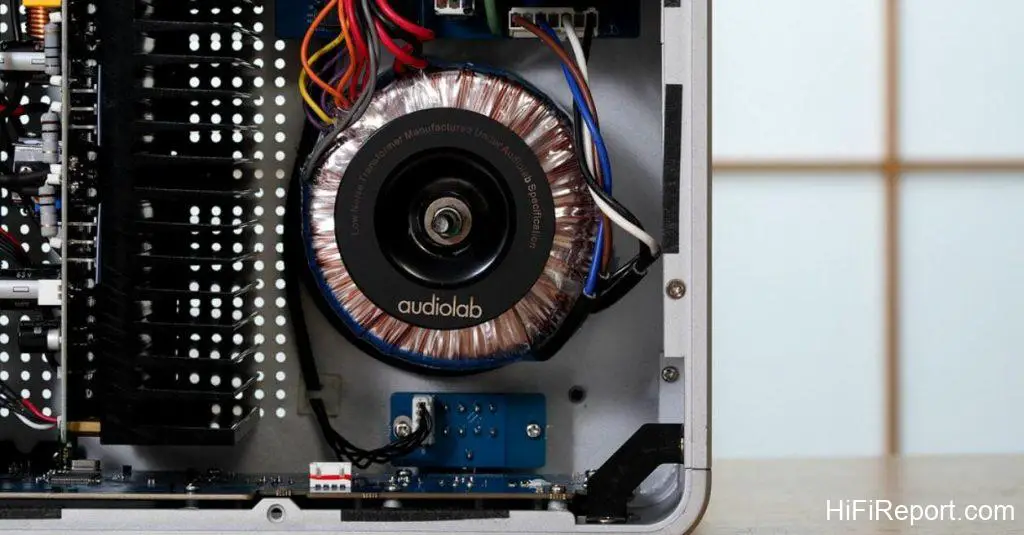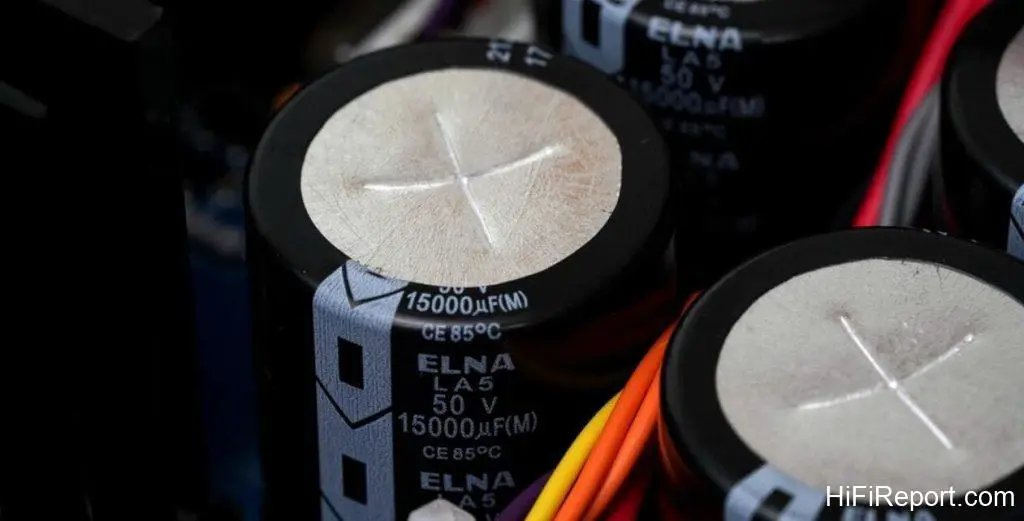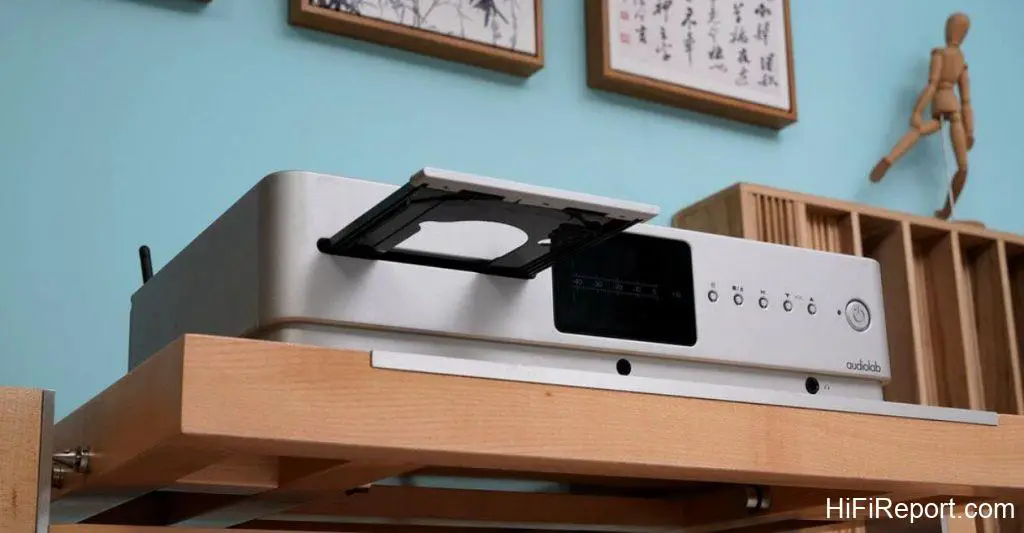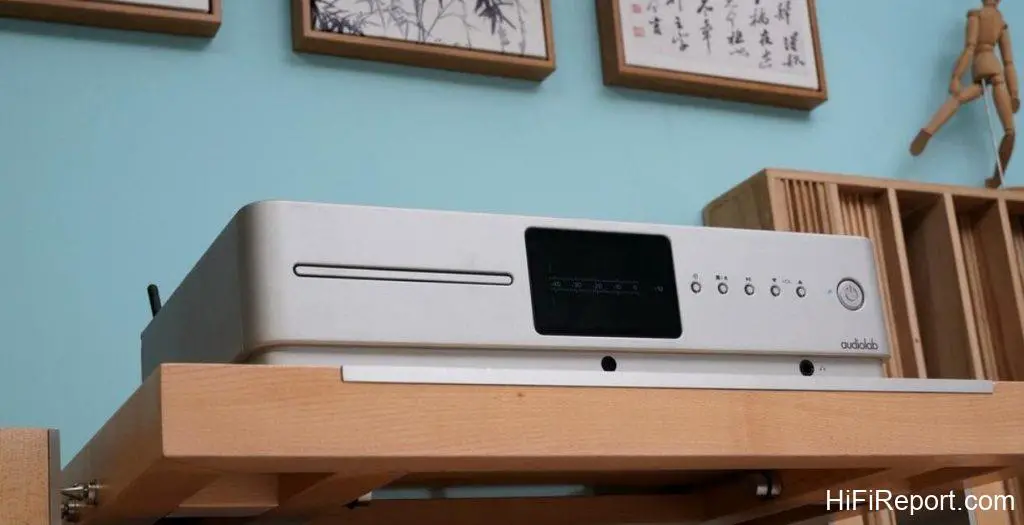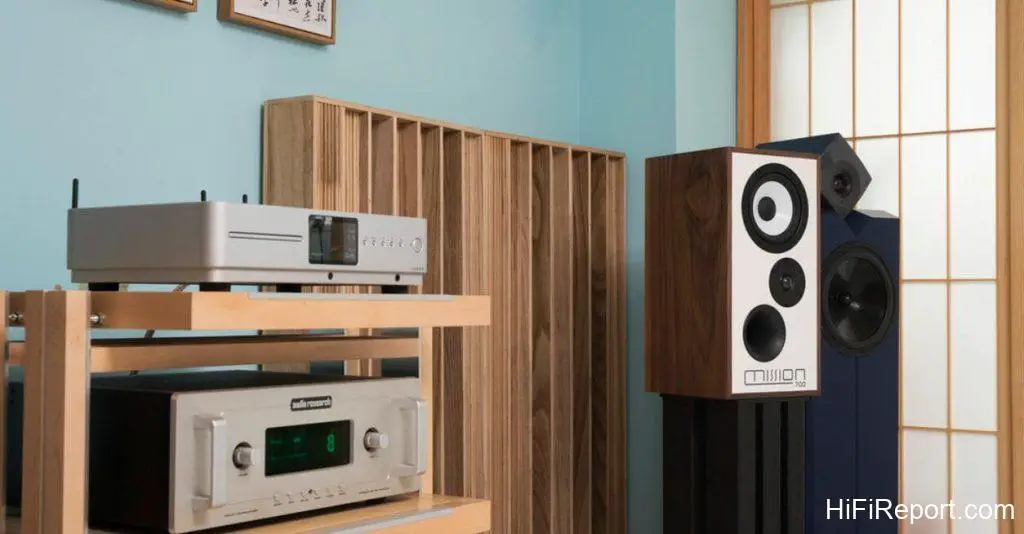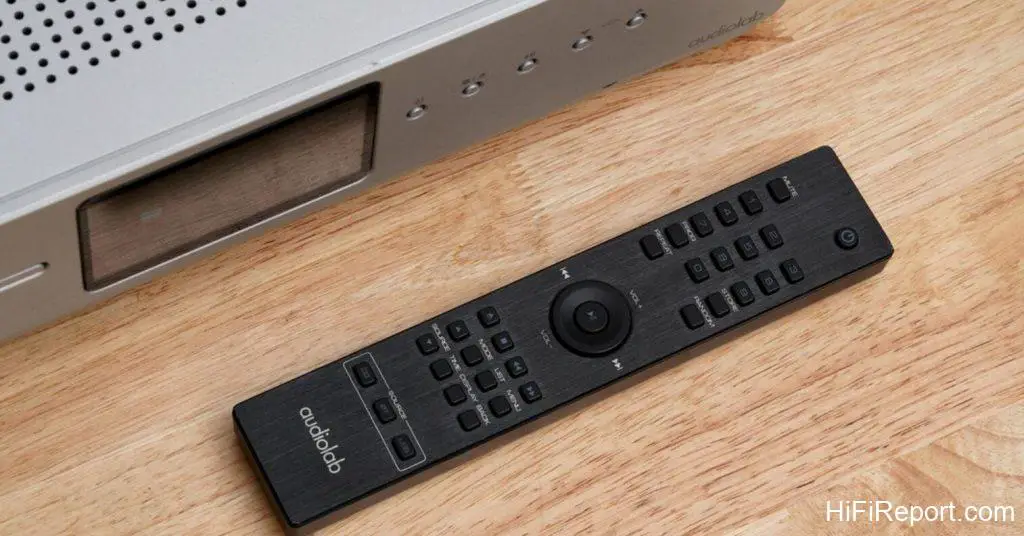Audiolab Omnia All-in-one Review
In recent years, multiple brands have launched Hifi all-in-one systems, such as Marantz’s MCR612, Cambridge EVO75, Cambridge EVO150, NAD M33, and NAD M10 V2. Of course, the concept of all-in-one systems appeared decades ago.
Modern all-in-one systems have evolved, incorporating features like streaming, Bluetooth, WiFi, and USB playback. The resurgence of all-in-one systems may be attributed to various factors, including changes in modern lifestyles, economic environments, and other related aspects.
After analyzing the common Hifi all-in-one systems available in the market, I have drawn some conclusions:
- Support for high bitrates is becoming a standard trend, with 24bit/192Khz and DSD256 being common features. This is influenced by advancements in decoding chips and the popularity of high-resolution music.
- Supporting major streaming platforms domestically and internationally is crucial, and this trend is expected to expand. This aligns with the listening habits of modern users, with services like Apple Music fostering a culture of paid music consumption.
- All-in-one systems are designed to be feature-rich, incorporating CD players, Bluetooth, WiFi/Ethernet, streaming capabilities, USB playback, decoding, AirPlay, headphone amplifiers, preamps, power amplifiers, and sometimes even rarely used features like vinyl playback and radio. These devices offer users a complete and enjoyable audio experience in a single unit.
- Despite the decline of CDs, many all-in-one systems still retain CD functionality to maintain a sense of ritual and nostalgia.
- While some systems still use Class AB amplifiers, Class D amplifiers have become mainstream due to their higher efficiency, lower power consumption, and significant improvements in sound quality over the years.
- Most all-in-one systems support smartphone app control, offering convenience and practicality to users.
The Audiolab Omnia boasts a wealth of functionalities, from its user-friendly streaming capabilities to its impressive performance with high-bitrate digital music. We’ll explore how it handles various audio formats and compare its output to conventional CD audio quality. Additionally, we’ll delve into its preamplifier performance as part of a merging setup, assessing how it contributes to a seamless and engaging listening experience.
Design
The Audiolab Omnia, 440 x 156 x 327mm and weighing 9.1kg, maintains the brand’s minimalist design tradition but appears more rounded. On the left side is a CD compartment, while the center features a 4.3-inch IPS display screen, though it lacks touchscreen capability.
On the right side, you’ll find the functional and power buttons, and at the bottom, there’s a 6.3mm headphone jack.
The name “Omnia” is derived from Latin, meaning “including all things,” and indeed, the product boasts powerful features:
- CD Playback
- Streaming (Roon Tested certified) with support for platforms like Amazon Music, Deezer, iHeart Radio, QQ Music, Spotify, Tidal, etc.
- Bluetooth 5.0 input with support for APT-X and APT-X LL decoding
- MM Phono Stage (for vinyl playback)
- WiFi and WLAN connectivity for accessing any DLNA-compatible NAS storage devices within the same home network
- USB playback (via U disk)
- Decoding capabilities with the 9038Q2M chip, supporting DSD512 and 32bit/768kHz via USB, coaxial, and optical inputs
- Preamp, power amp, and integrated amp functionalities
- Headphone amplifier function
The Audiolab Omnia truly lives up to its name, offering a comprehensive array of features and functionalities, catering to the diverse needs of audio enthusiasts.
The Audiolab Omnia stands out as one of the most feature-rich Hifi all-in-one systems on the market, with only the absence of radio and Airplay functionalities being potential drawbacks. However, this is easily compensated for with alternative options like DTS Play-Fi and other UPnP software, ensuring practicality is not compromised.
Omnia continues to use a tray-loading CD mechanism, reportedly based on the 6000 CDT’s turntable structure, featuring a digital buffer that pre-reads data to reduce the likelihood of read errors. Compared to the slot-loading mechanism in the 8300 series, this traditional design is preferred by some users, as they may subconsciously feel that slot-loading mechanisms are more prone to scratching discs.
As a modern device, Audiolab Omnia boasts a beautiful display screen, offering four modes:
- The main screen
- Needle-style VU meter
- Digital dynamic VU meter
- An Audiolab-themed display
Additionally, users can turn off the screen for a purer audio signal output. IN PARTICULAR, the VU meter display mode exudes a nostalgic charm and appeals to personal preferences.
The right side of the device features various buttons, such as input selection, stop/eject, play/pause, volume adjustment, power, and a headphone jack in the bottom right corner. Most adjustments are made using the remote control, as the front panel buttons are limited. However, the continuously blinking white power indicator during music playback can be distracting.
The remote control has a standard appearance with a brushed finish, divided into several functional sections. The top area controls CD functions, the middle section handles track selection and volume adjustment, and the lower section covers machine settings, such as signal input, menu, display, and preamp/power amp/integrated amp switching.
The bottommost part contains dedicated buttons for the most commonly used CD, Bluetooth, and USB inputs, which is a thoughtful design.
Audiolab Omnia all-in-one offers many features, including a digital phase-locked loop, screen brightness and display settings, screen-off timer, channel balance adjustment, startup volume limitation, automatic standby time, menu language selection, and the option to turn the power trigger function on or off.
Switching between preamp, power amp, and integrated amp modes adds versatility. Additionally, setting a startup volume limit is appreciated as it protects speakers from damage caused by accidentally playing audio at high volumes.
The back panel of the Audiolab Omnia reveals a dense array of various interfaces, made possible by adopting a standard-size design. To enhance WiFi reception, Omnia is equipped with three antennas.
Using Class AB amplification, Omnia delivers an output power of 50W2 (8Ω) and 75W2 (4Ω), sufficient to meet most users’ requirements. It supports DTS Play-Fi, APT-X decoding, MQA decoding, and DSD.
Omnia’s interface selection can be considered the most comprehensive among Hifi all-in-one systems. It includes analog inputs: RCA x 3, Phono (MM) x 1, and RCA power amp input x 1. There are two coaxial and two optical inputs for digital inputs, one USB type-B, one USB type-A, DTS Play-Fi streaming, Bluetooth (aptX/aptX LL), and a LAN connection.
Analog outputs include one RCA preamp output and one 6.3mm headphone output. Notably, Omnia has an MM phono stage, likely in response to the revival of vinyl records, which is one of its key selling points. However, it’s important to remember that this MM phono stage might not meet the demands of audiophiles using high-end turntables, as they likely opt for dedicated high-end phono preamps.
Due to its extensive features, the internal layout of Omnia is densely packed and roughly divided into decoding, CD, power amplification, filtering, and power supply areas. The amplification section employs Class AB technology, with each channel using a pair of ON Semiconductor MJL3281A/MJL1302A transistors.
The power output is 50W*2 (8Ω), and it can deliver a continuous current output of up to 9A, which is sufficient for most speakers. The power supply features a Noratel toroidal transformer, with five separate windings supplying power to the power amp, preamp, decoding, and control circuits to minimize interference and ensure stable audio performance.
Audiolab Omnia utilizes four 50V/15000μF Elna high-speed low-impedance audio capacitors for filtering, providing a total capacity of 60000μF. This abundant power supply enhances control and dynamic performance.
For USB connectivity, Omnia uses an XMOS chip, a common and reliable choice in the industry. The decoding chip is the ESS 9038Q2M, which may not be the top-of-the-line option but is still considered quite good. Audiolab has a reputation for using ESS chips, ranging from the 9018 to the latest 9038, and they have generally received positive reviews for their sound quality since their M-DAC days.
Due to its highly complex features, I will mainly share a few key functions of Omnia:
- The ease of streaming usage
- A comparison between high bitrate and standard CD audio quality
- Its performance as a preamplifier when used for merging purposes
As Audiolab Omnia all-in-one itself lacks an app, a third-party app is required. DTS Play-fi is recommended, and after installation, it automatically scans and connects with the device, making the whole process very convenient.
For the computer, Foobar2000 is suggested. Although some configuration is needed, it is relatively straightforward. Overall, the streaming function is user-friendly and enjoyable without requiring excessive settings.
Now, it becomes even more convincing with Omnia combining network streaming and CD playback using the same decoding chip. The sound quality while playing DSD512 is significantly superior to CD, which has been unanimously agreed upon by those who have experienced it live.
Omnia’s greatest value lies in its support for ultra-high-bitrate digital music. Even if the need for its power amplifier function diminishes in the future, one can still relish the emotional impact brought by high-bitrate music.
Sound Performance
Moving on to the audio quality and power amplifier section, due to its relatively moderate power output, I primarily paired Omnia with Mission 700 speakers (sensitivity 86dB, impedance 8Ω) for auditioning. This combination seems quite appropriate regarding price and practical application, leaving the nearby Acapella Unicorn MKII aside. Focusing mainly on high-bitrate digital music allows us to unleash its potential fully.
Audiolab Omnia delivers a relatively gentle and delicate sound profile without emphasizing a particular frequency range. It differs from the classic British sound we’re familiar with and leans slightly towards a more modern presentation without excessive focus on resolution and dynamic range.
Of course, this is understandable as an entry-level all-in-one unit that prioritizes an enjoyable listening experience. With its 50W power output, we should expect something other than outstanding dynamics and soundstage performance.
Omnia’s high-frequency response is smooth and sweet, which differs from what I’d expect from ESS chips. While it offers good resolution, it doesn’t achieve the ultimate level of micro-detail. The midrange exhibits slight warmth and richness, bringing forth a captivating musicality without being as transparent as Pass products.
The response is slow in the low-frequency department, making it less adept at reproducing the dynamic and expansive rock or symphonic music genres. The soundstage also feels narrow, closely related to its power output. Omnia suits jazz, pop, small ensemble concertos, and country folk music genres.
Conclusion
Audiolab Omnia all-in-one offers a rich array of features, making it highly versatile and particularly impressive in handling high-bitrate music, which is its greatest strength. The amplifier performance also meets the demands of entry-level enthusiasts, allowing them to enjoy the emotional impact of music when paired with a decent pair of bookshelf speakers.
While it has some shortcomings in sound quality, considering its abundant functionalities at just over ten thousand and the potential for future upgrades, it is still a worthwhile investment.
Who is Omnia suitable for?
- Users are seeking to build a minimalist system with certain sound quality requirements.
- Audiophiles who already have a main audio system but wish to set up a decent background music system in their study or bedroom.
What types of speakers are suitable for Omnia?
- A desktop listening system is created around 4-inch desktop speakers paired with floating stands like iso acoustic.
- 5-6 inch bookshelf speakers with high sensitivity and impedance are preferable.
- Speakers with high-resolution, dynamic range, and excellent high-frequency performance are recommended. Since Omnia leans towards a gentle sound profile, pairing it with vintage British sound-inspired speakers might produce an excessively dull overall performance.
